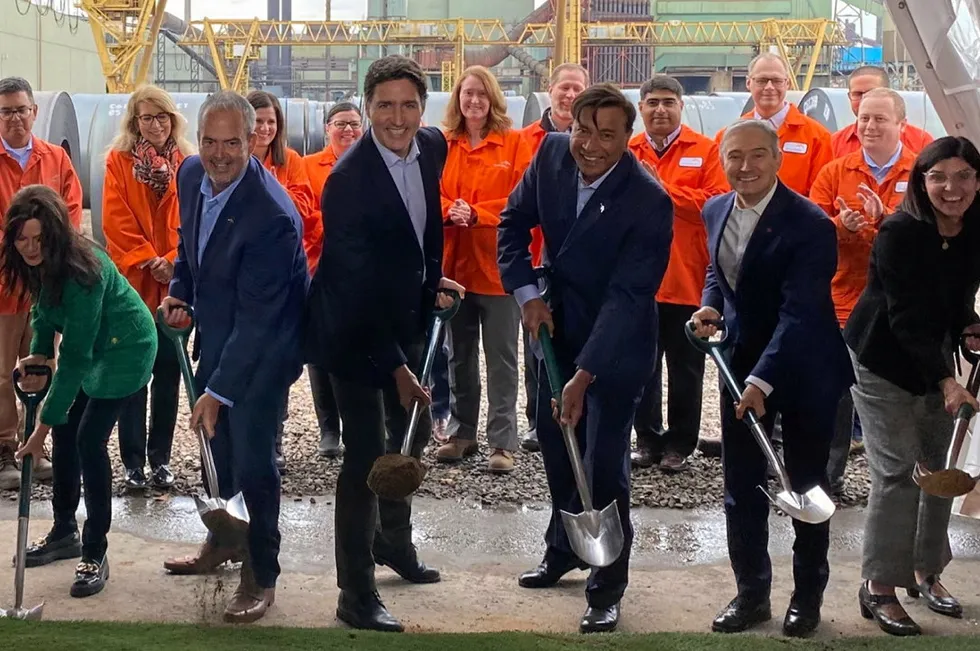Ground broken at world's first commercial green-hydrogen steel plant — but it won’t initially use H2
ArcelorMittal's giant $1.3bn facility in Hamilton, Canada, has received $655m in funding from the Ontario and Canadian governments

ArcelorMittal's giant $1.3bn facility in Hamilton, Canada, has received $655m in funding from the Ontario and Canadian governments
